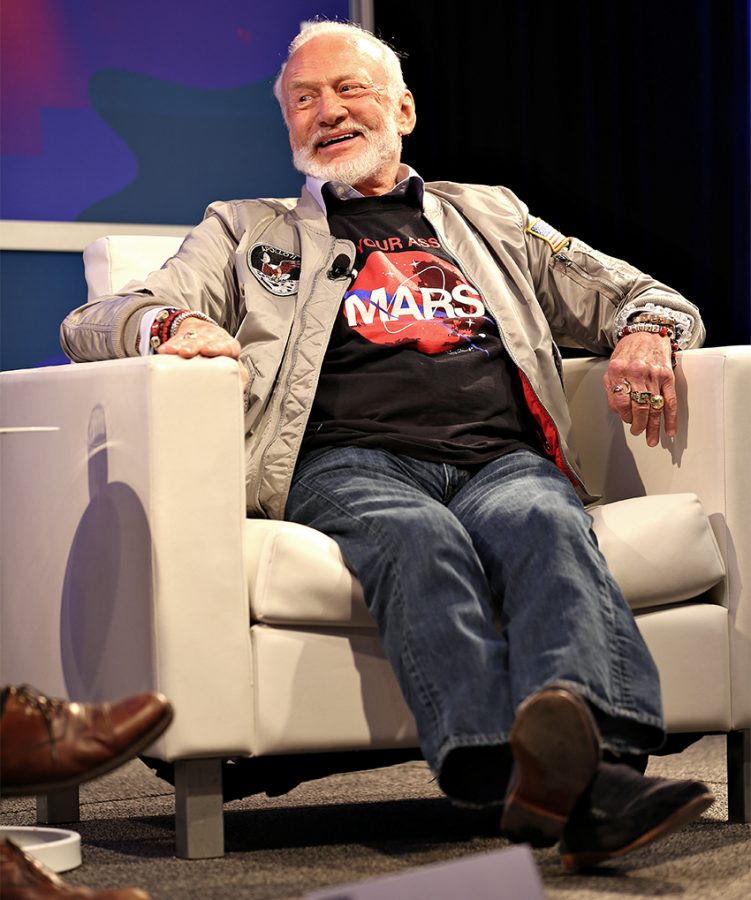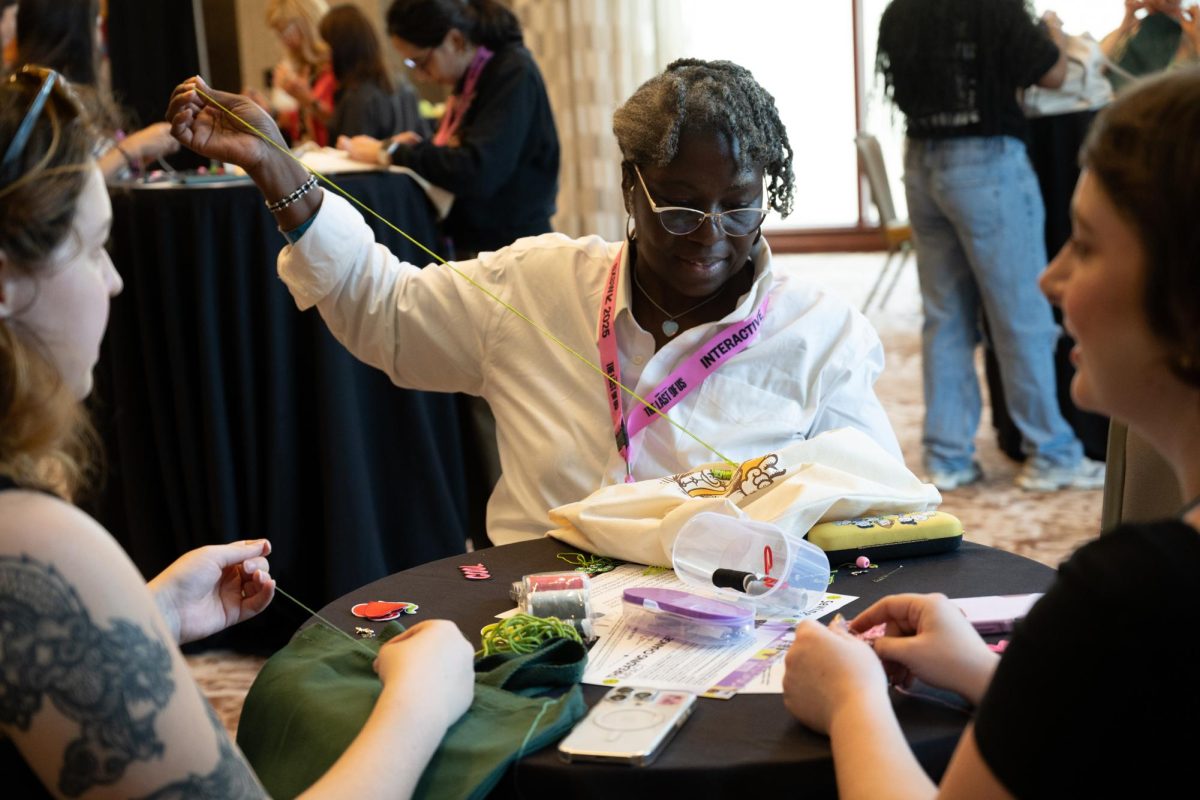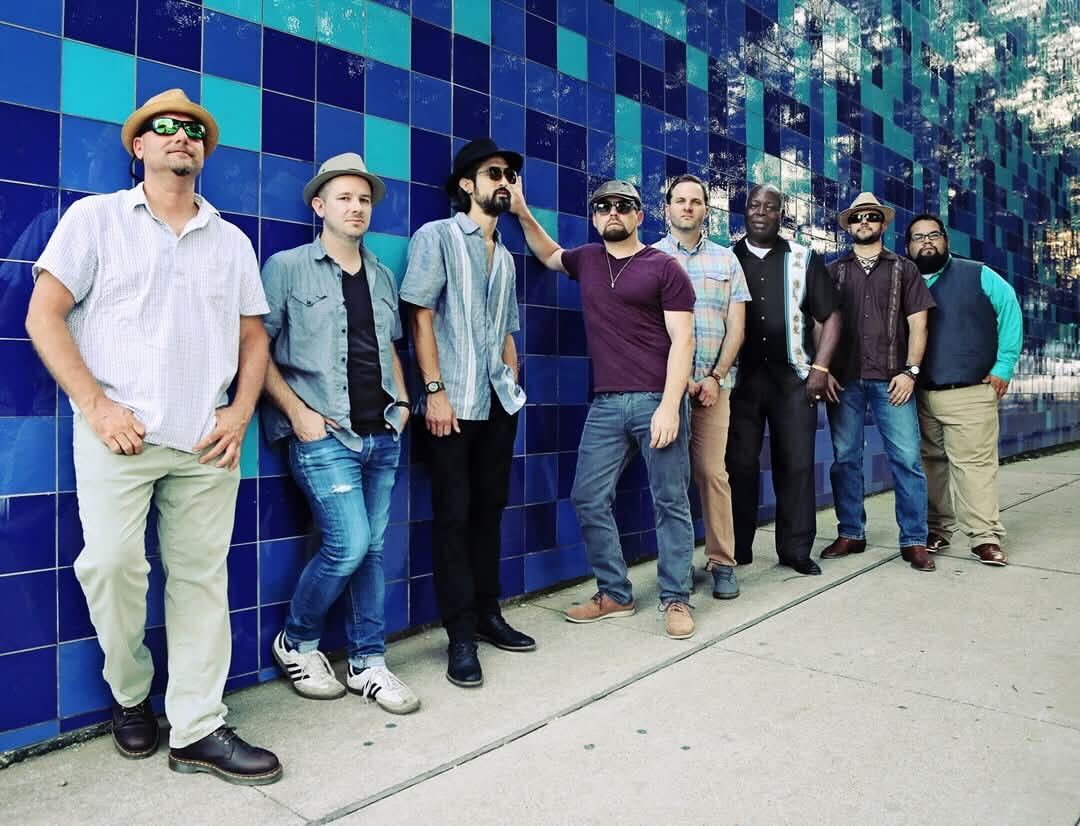Dressed in a NASA t-shirt and a denim jacket embroidered with space-themed patches, the second man of Apollo 11 to walk on the moon seemed very grounded on Earth on Tuesday afternoon at SXSW. Buzz Aldrin, the engineer and former astronaut talked with Jeff Kluger, Editor at Large of Time Magazine, about his thoughts about the future of space exploration. Aldrin said as a nation, it is time in the United States ventured beyond just aiming for “flags and footprints.”
“(Flags and footprints) means as a nation, we don’t care too much about the science, we just want you to go there to put a flag down,” Aldrin said. “It symbolizes an expedition where you just go there and go right back. That’s not the way we want to venture out at all.”
Aldrin hopes that the space program will be able to expand to the point where scientists and astronauts are able to set up permanent bases on both the moon and Mars. But first, NASA will have to conquer the first big rock in the way — the moon.
“The moon enables us to go to Mars,” Aldrin said. “It’s essential. The base we want on Mars, we will design and place on the moon.”
Both Aldrin and Kluger noted that NASA simply does not get the same amount of funds that they did at the height of the space race in the 1960s. American astronauts journeying to the International Space Station are forced to rely on the Russian space program to give them a lift.
“NASA just does not get that kind of discretionary funds,”Aldrin said.
But despite any obstacles that space program might face fiscally, Aldrin is almost certain that a mission to Mars will happen within the next two decades.
“You have to expand your way of thinking into better ways of doings things,” Aldrin said. “We explore or we expire.”





















